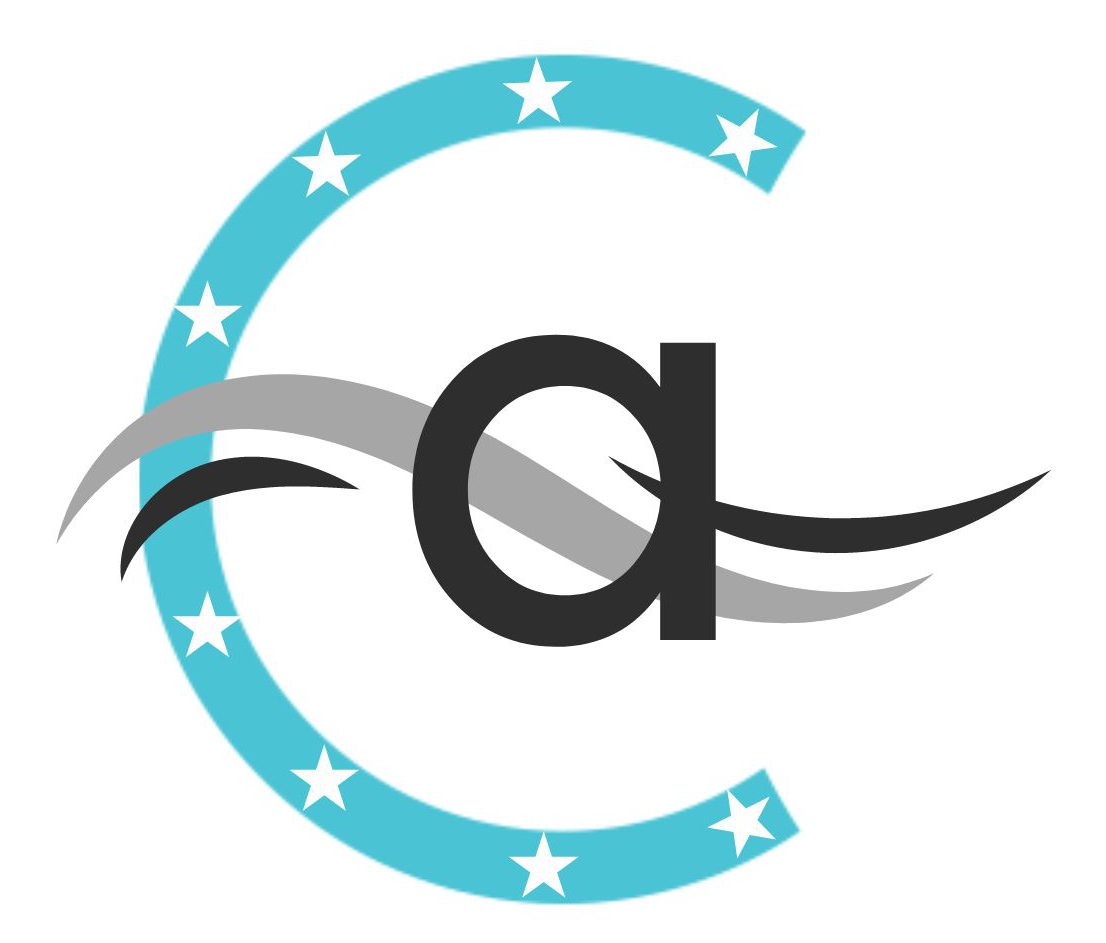- Get in touch:
- (844) 203-9055
- info@ampsamerica.com

AMPS Acquires Claims Delegate Services
December 15, 2014
6 reasons why AMPS is the leader in price transparency
March 25, 2015If you have been selling health benefits for years, you know all of this. If you’re new to the benefits market, you may find yourself shaking your head in disbelief, and wondering how to explain how the U.S. health care market got to be the way it is to employers.
Here’s a review of the U.S. health care cost situation, and an explanation of why making consumers pay attention to medical bills is so important.
Cost growth has moderated in the past few years, but, in spite of that, U.S. health care costs for employers have doubled in the last 10 years, according to the Kaiser Family Foundation.
The cost of specific services such as baby delivery, appendectomies, and MRIs are five to nine times more expensive in the United States than in France and the United Kingdom. One might assume that the quality and outcomes of care are much greater in the United States than in France and United Kingdom, thus explaining cost divergence. However, the opposite is true. Data from the World Health Organization shows the life expectancy in both France and the United Kingdom is longer than in the United States.
So, why is health care so much more expensive in the United States than in other developed countries in the world? The answer is most easily explained by breaking down the components of those costs into hospitalization, physician, pharmaceutical, and administration.
1. Hospitals represent about 40 percent of all health care spending, and their billing practices provide insight into a significant part of the high cost of health care in the United States.
Hospitals universally utilize a billing and coding system called a charge master. A typical charge master has about 150,000 items, ranging from the paper cups that hold the aspirin delivered at bed side to the charge for pacemakers and other high tech equipment or services.
Hospitals control their own charge master rates. Since much of their fee reimbursements are relative to a discounted percentage of that charge master, there is significant incentive to bloat those rates. On average, not-for-profit hospitals charge master rates start at about 500 percent of Medicare, while for-profit hospital rates start at 900 percent or more of Medicare.
Medicare reimbursement is used as a benchmark because Medicare is the largest payer of hospitals in the country. In addition, hospitals report their own cost of doing business to Medicare, which allows Medicare to determine a fair reimbursement schedule. Medicare also intends for a hospital to profit on its services in the aggregate and adds an incremental profit margin atop the hospital’s own reported cost of doing business (Cost Plus).
The employer community, the second largest payer of health care services after Medicare, typically buys hospital services through a preferred provider organization (PPO), which negotiates rates and discounts with hospitals and doctors and then passes those rates along to an employer-sponsored health plan.
Herein lies a huge part of the problem. The PPOs have no skin in the game relative to costs, as they are paid on a per employee per month basis. The PPOs are seen as more viable to an employer the larger their network, so their incentive is greatly skewed towards network girth rather than discounting of services. Our research has found that, post PPO discount, hospitals are being paid on average 250 percent to 400 percent of what Medicare would pay. Since Medicare is already a cost plus reimburser of services, post-PPO payment levels of over twice that amount is a clear indication of why costs are so much higher in the United States than in other countries.
2. Physician reimbursements for services are handled much differently than hospitals because there is a universal system that details a reasonable and customary (R&C) rate for every possible medical service.
Unlike hospitals, physicians have been somewhat hamstrung from setting their own rates, as payers use the R&C charts almost exclusively to determine reimbursement for services. The entrepreneurial tack often taken by physicians to combat this dynamic is to increase utilization. It’s as simple as it sounds: if a doctor wants $100 for a service and payers will only reimburse $50, they just require that a patient come back for an extra visit.
3. Pharmaceuticals represent nearly 20 percent of overall health care costs, and the percentage is growing rapidly.
The United States bears the brunt of R&D costs for the world, which greatly exaggerates drug costs here.
The United States uses an inefficient and costly drug distribution system, whereby prescriptions go through the hands of a pharmacy benefit manager (PBM) and a direct distributor like a pharmacy before getting into the hands of the consumer.
The extra costs associated with the middlemen are quite significant and extremely opaque, creating great angst as employers look for the most effective model.
4. Administration of health care benefits accounts for 8 percent to 15 percent of the cost of health care for employers relative to the size of the group, and includes the services of claims management by an administrator and the distribution and consulting services of a broker.
If you’re a broker or administrator, you may like this slice of the health care pie, and you may be noting, correctly, that this is typically the smallest piece of the pie.
The providers of these services are the most transparent providers in the game, and their charges are the ones most carefully scrutinized by an employer. As employers have negotiated down the cost of such services, naturally, the scope of those services have often decreased — and may have helped other service providers be less transparent.
Employers may learn, for example, that their plan administrator no longer scrutinizes provider bills before making payments. Because providers, in particular hospitals, are aware of this process, they routinely submit bills that are fraught with errors and overcharges, which are in turn passed on and paid by the employer.
Ultimately, however, the most significant element leading to the high and somewhat abusive cost of health care in the United States is the dislocation of the end-user from the cost of the service he or she receives.
We as consumers covered under a group health care plan don’t know, don’t ask, and typically don’t care what a hospital, doctor, or pharmacist charges for care and services. We just want to know if it is covered. Until the end user of health care is just as concerned and shops for services as eagerly as we do when we are shopping for a flat-screen TV or an automobile, there is very little chance we will see a reduction of the overall cost of coverage and care.

